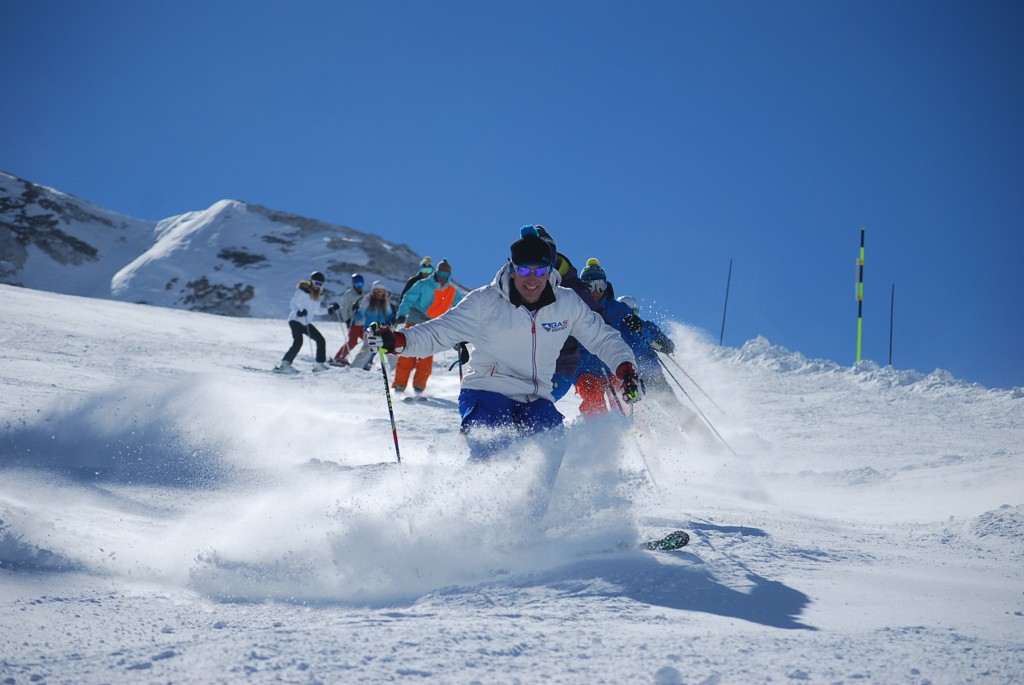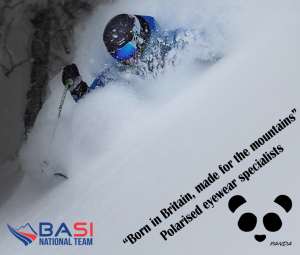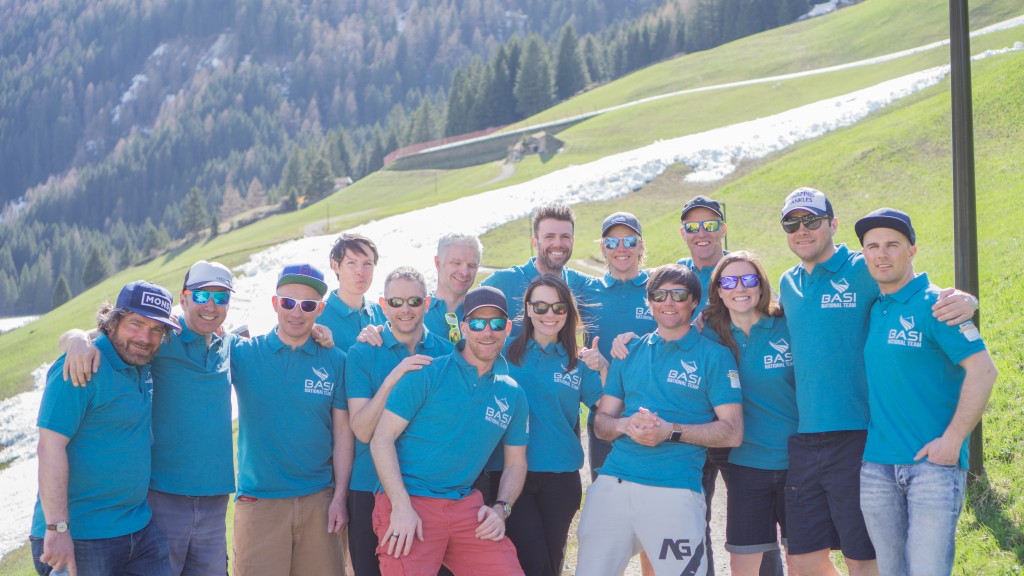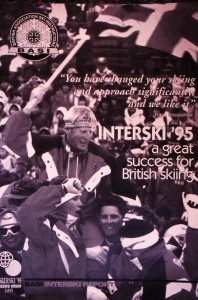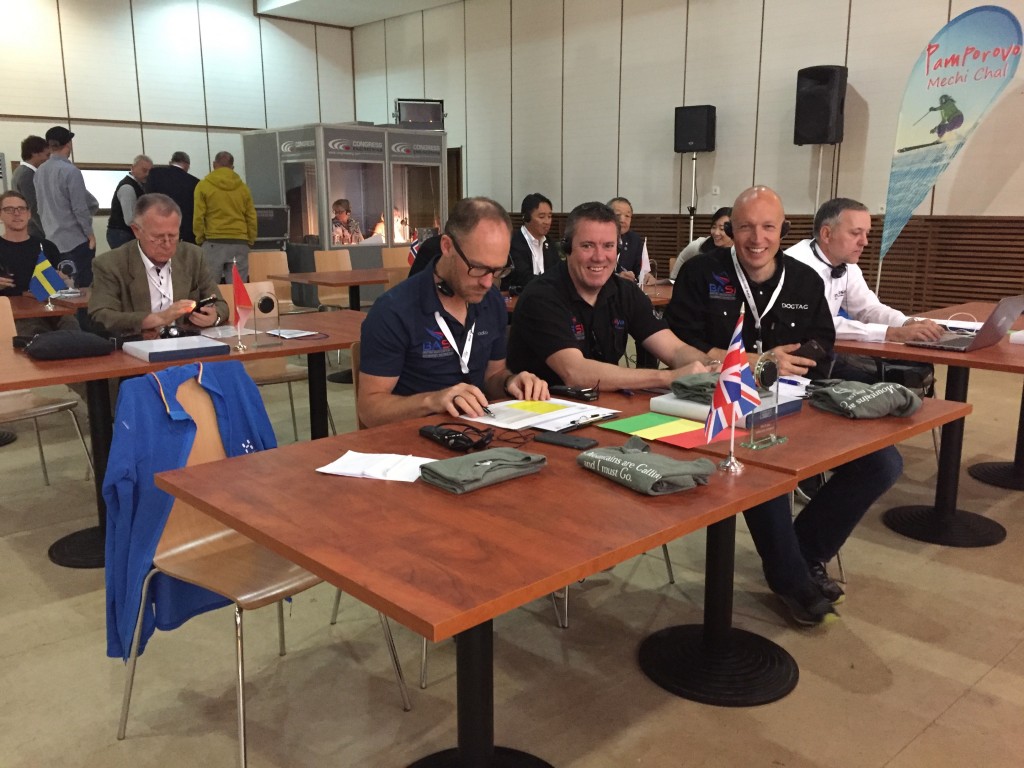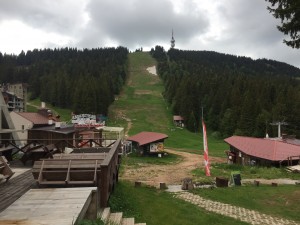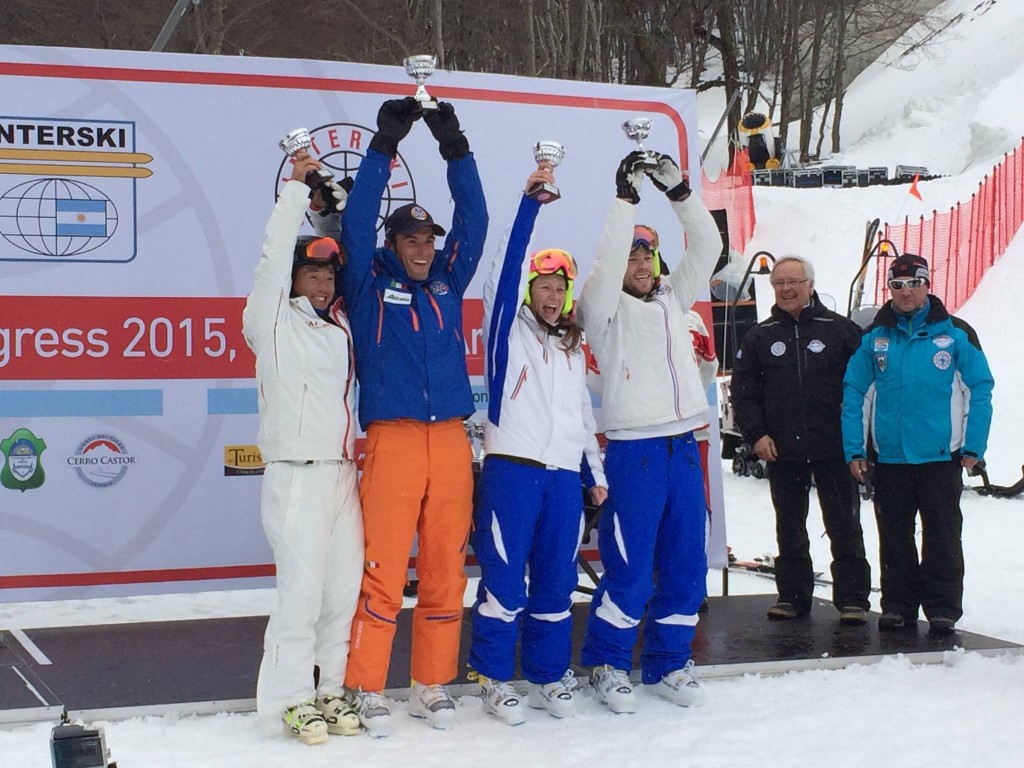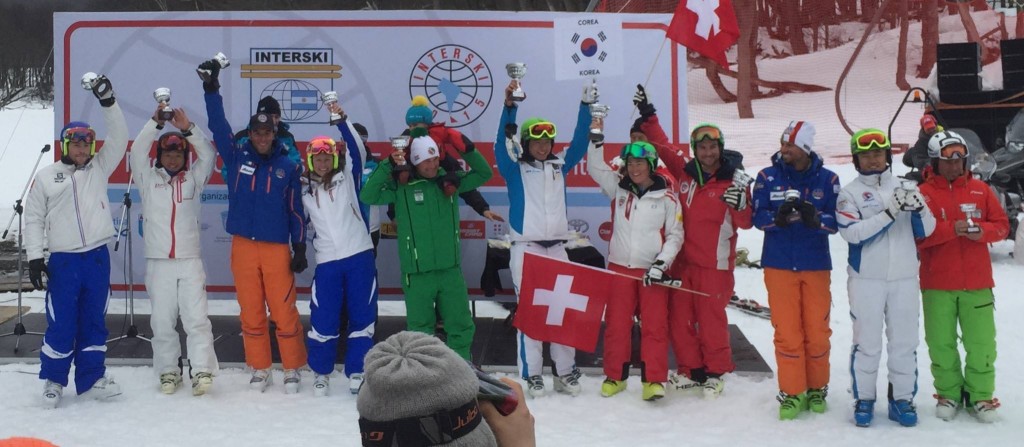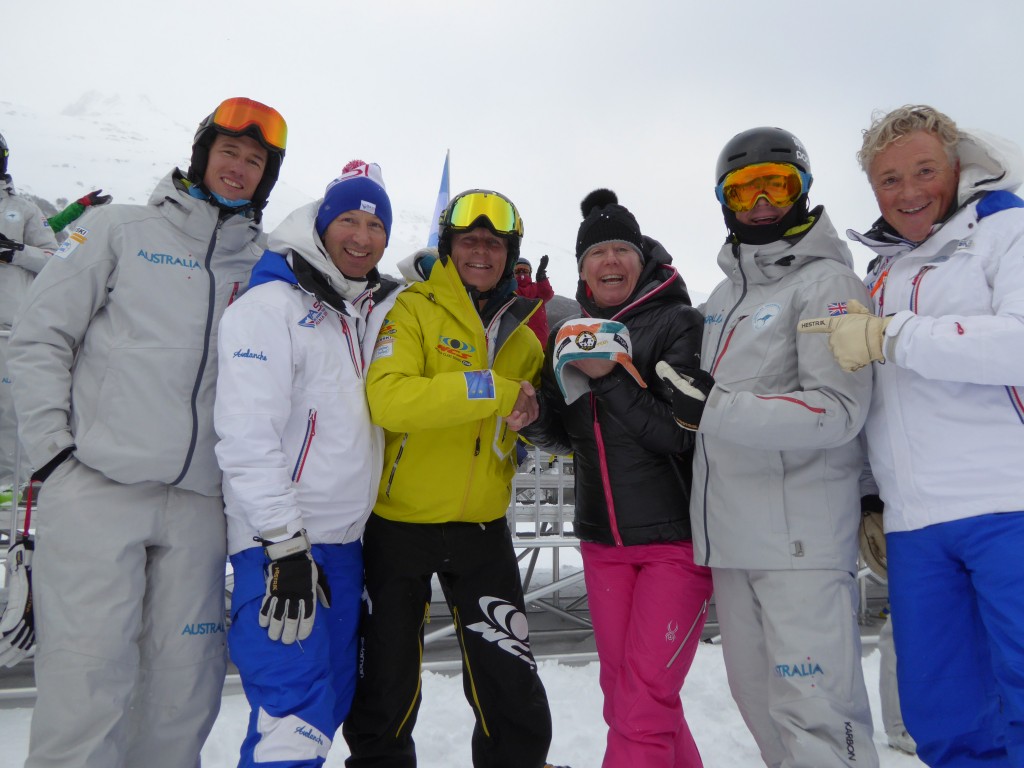The Five Strands = the five sections which we divide the mountain into that covers most types of alpine skiing.
- Piste Performance Long radius turns & Short radius turns
- Bumps
- Steeps
- Variable
- Freestyle
The Performance Threads = all the factors that will influence a skiers performance.
- Technical
- Tactical
- Physical
- Psychological
- Equipment
- Environment
Or TTPPEE for short. We use them to look at the ‘big picture’ of a performance considering areas affecting performance other than technical.
BASI has always valued bumps as a crucial strand of skiing. While modern grooming technologies allow steeper pistes to be bashed smooth, and newer ski designs allow learners to carve quickly, many skiers will find the limits of pure corduroy skiing quickly and their desire to explore more of the mountain grows. We use bumps skiing as a means to develop learners in the other strands – a practical stepping stone to learning to ski more of the mountain.
At the 2015 Interski congress, BASI delivered a workshop on how we utilise the bumps in our pathway. Not just a strand required of the technical assessments from Level 2 onwards, but as a means to explore the performance threads with our students, and subsequently their would-be learners. No other strand so immediately pulls together tactical, physical, psychological, and technical requisites. Bumps focus the attention like little else: technique is useless without a workable line, a worthy pair of legs, and a well-built head.
The Tactics
As with skiing generally, nothing is black and white, but the line choices to ski down a bumps field can be sculpted around: The Inside Line – which offers more opportunity than any other to control speed and presents a fine initiation into fall-line bumps; the Outside Line – where a rounder line allows the skier to avoid the deepest part of the trough making it less physically impacting; the Direct Line – which offers the fastest descent down the hill and enables a quick check on the face of the bump without affecting the overall speed of descent. Each line provides different psychological, physical, technical and equipment challenges. When first introduced at Level 2 we encourage starting with outside and inside lines and slower speeds, which gives the students a chance to learn and develop performance in each thread.
The Psychology
Often cited as the ultimate challenge to a recreational skier, tension is not an option as the bumps demand much more reaction than planning, which would be near impossible with both mental (and physical) tension. Psychological techniques play a crucial role in the bumps, and usually vary between individuals. Developing the right mental skills to flow down a bumps field will help skiers approach more variable terrain and steeper slopes.
The Physical
Bumps-fields are rarely rhythmical, therefore a skier should not try to find one – agility is the key to a flowing performance. Our instructors are taught to choose tactical lines that suits physical fitness levels. A skier with a lower level of fitness shouldn’t begin with a direct line as this the most physically demanding. However, a flexible and agile skier who can ‘hang it out’ on a direct line might still benefit from the technical skills required of the slower inside line.
We spend many hours discussing the intricate details of ski technique, so at Interski it was great to deliver a workshop where we discussed almost everything but technique. But of course, the full jigsaw requires all the pieces…
The Technical
While skiing the bumps is a great chance to work in the other performance threads, they also offer a great opportunity to benefit the technical thread. Skiers can experience sensations they wouldn’t often get on the groomed pistes, for example the edges being tilted in proportion to the berm rather than being positively engaged; pressure coming more through the bases of the skis rather than the edges; allowing the skis to skid rather than run along their edges; rotating the skis at a higher rate from lower down the body. Staying in balance in the bumps requires quick reactions and calculated but smooth movements. The technique behind the bumps challenges and uses every single fundamental element.
The Equipment & The Environment
Assuming skiers use the same pair of skis to ski all the strands, there is not much scope for adjusting equipment. However, we can initiate conversations between students to develop an understanding of how the width and length of their skis and poles can affect their performance in the bumps. While the environment might also be limited where able, the gradient of slope and size of bumps is adjusted to suit the task set and the skill level of the skier.
The bumps have proved to us as one of the best performance strands to deliver, understand and practice all the vital ingredients of ski performance at any level – the performance threads. The bumps demonstrate a fine pathway to develop skiing in variable off-piste, down steeps and around the whole mountain.
It was just one of our workshops in 2015 and we only had a short time to convey our belief in bumps, but hopefully it gave fellow nations, instructors and skiers some motivation to believe in bumps too!
